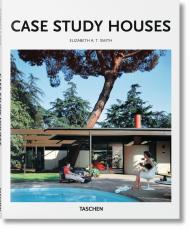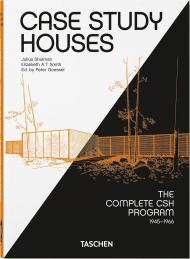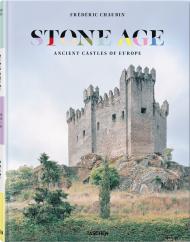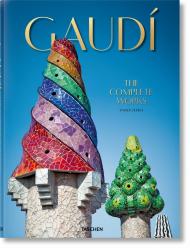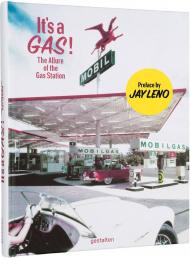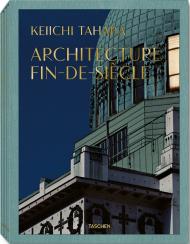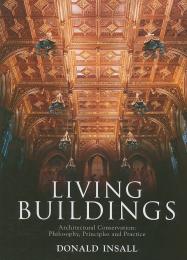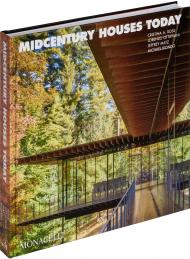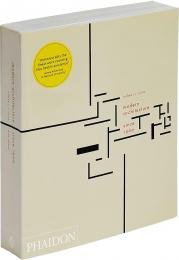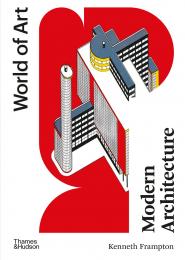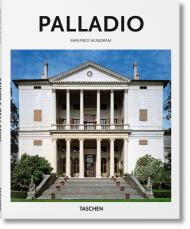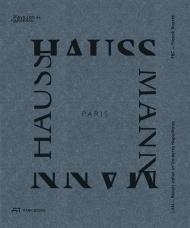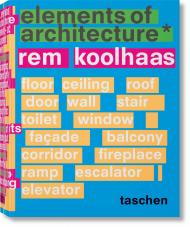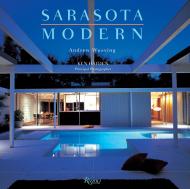Irma Boom, Wolfgang Tillmans, Harvard Graduate School of Design, Stephan Trüby, James Westcott, Stephan Petermann
архітектура під мікроскопом. Основний набір інструментів Рема Кулхааса для побудови анатомії
Ця колекція — це погляд під мікроскопом на справжні основи наших будівель, розкриваючи основні методи проектування, які використовує будь-який архітектор, будь-де та будь-коли. Задуманий Ремом Колхаасом і створений спільно з Гарвардською вищою школою дизайну, це первинний набір інструментів для розуміння того, наскільки стабільні на перший погляд елементи насправді перебувають у постійній еволюції.
Elements of Architecture зосереджені на фрагментах багатого та складного архітектурного колажу. Вікно, фасад, балкон, коридор, камін, сходи, ескалатор, ліфт: книга прагне розкопати мікронаративи деталей будівлі. Результатом є не єдина історія, а скоріше мережа походження, забруднення, подібності та відмінності в архітектурній еволюції, включаючи вплив технологічного прогресу, адаптації до клімату, політичних розрахунків, економічних контекстів, нормативних вимог і нових цифрових можливостей. Це путівник, який давно назрівав — за словами самого Кулхааса: «Ніколи ще книга не була більш актуальною — у той момент, коли архітектура, якою ми її знаємо, змінюється до невпізнання».
Отриманий, оновлений і розширений на основі вичерпної та високо оціненої виставки Колхааса на Венеціанській архітектурній бієнале 2014 року, це важливий інструментарій для розуміння основ, які складають структуру в усьому світі. 2600-сторінкова монографія, розроблена Ірмою Бум і заснована на дослідженнях Гарвардської вищої школи дизайну, містить есе Рема Колхаса, Стефана Трубі, Манфредо ді Робіланта та Джеффрі Інаби; інтерв’ю з Вернером Собеком і Тоні Фаделлом (з Nest); та ексклюзивний фоторепортаж Вольфганга Тілманса.
На додаток до повністю оновлених текстів і нових зображень, це видання розроблено та виготовлено, щоб візуально (і фізично) втілити величезний обсяг його теми:
Індивідуальне палітурування з розділеним корінцем: наша друкарня модифікувала свою промислову палітурну машину для забезпечення гнучкого корінця товщиною вісім сантиметрів
Містить нову вступну главу з передмовами, змістом і покажчиком, розташовану в середині книги (там, де вона природно відкривається завдяки унікальному корінцю)
Надруковано на папері Opakal вагою 50 г, що забезпечує ідеальний рівень непрозорості, необхідний для реалізації дизайну Boom, схожого на палімпсест.
Напівпрозорі накладки та особисті анотації Колхааса та Бума вплетені в кожен розділ, щоб створити альтернативний, швидший маршрут через книгу
Надруковано в початково запланованому розмірі 100% для повної читабельності
Автор:
Рем Колхаас є співзасновником Office for Metropolitan Architecture. Працював журналістом і сценаристом, перш ніж стати архітектором, у 1978 році він опублікував Delirious New York. Його книга 1996 року S,M,L,XL узагальнила роботу OMA та встановила зв’язки сучасного суспільства та архітектури. У 2008 році він був включений до 100 найвпливовіших людей журналу TIME, а серед багатьох міжнародних нагород і виставок він отримав Прітцкерівську премію (2000) і Premium Imperiale (2003). Він керував Венеціанською архітектурною бієнале 2014 року, яка збіглася з першою публікацією «Елементів архітектури».
Дизайнер:
Ірма Бум — графічний дизайнер, що спеціалізується на створенні книг. З моменту заснування Irma Boom Office у 1990 році вона працювала з такими компаніями, як Chanel, United Nations, OMA/Rem Koolhaas, Fondazione Prada, Pirelli та Rijksmuseum Amsterdam. Вона отримала премію Гутенберга та Премію Йоганнеса Вермеєра, голландську державну премію в галузі мистецтва, серед інших. Її роботи знаходяться в постійній колекції Департаменту дизайну та архітектури Музею сучасного мистецтва в Нью-Йорку. З 1992 року Бум є старшим критиком Єльського університету в США.
Художник:
Вольфганг Тіллманс народився в Ремшайді, Німеччина, у 1968 році та навчався в коледжі мистецтва та дизайну Bournemouth & Poole. Він широко вважається одним із найвпливовіших художників свого покоління. Хоча його робота, здавалося, вловлює безпосередність моменту та характеру об’єкта, також досліджує динаміку фотозображення. З самого початку він ігнорував традиційне відокремлення мистецтва, виставленого в галереї, від зображень та ідей, що передаються через інші форми публікації, надаючи однакову вагу обом. Його великі інсталяції від підлоги до стелі представляють зображення субкультур і політичних рухів, а також портрети, пейзажі, натюрморти та абстрактні зображення в масштабі від листівки до стіни. Його роботи були показані в Музеї сучасного мистецтва в Нью-Йорку в 1996 році та в Тейт Британ у Лондоні на великій ретроспективі в 2003 році. Він був нагороджений премією Тернера в 2000 році.
___________
Переглянути відео про книгу Rem Koolhaas. Elements of Architecture
